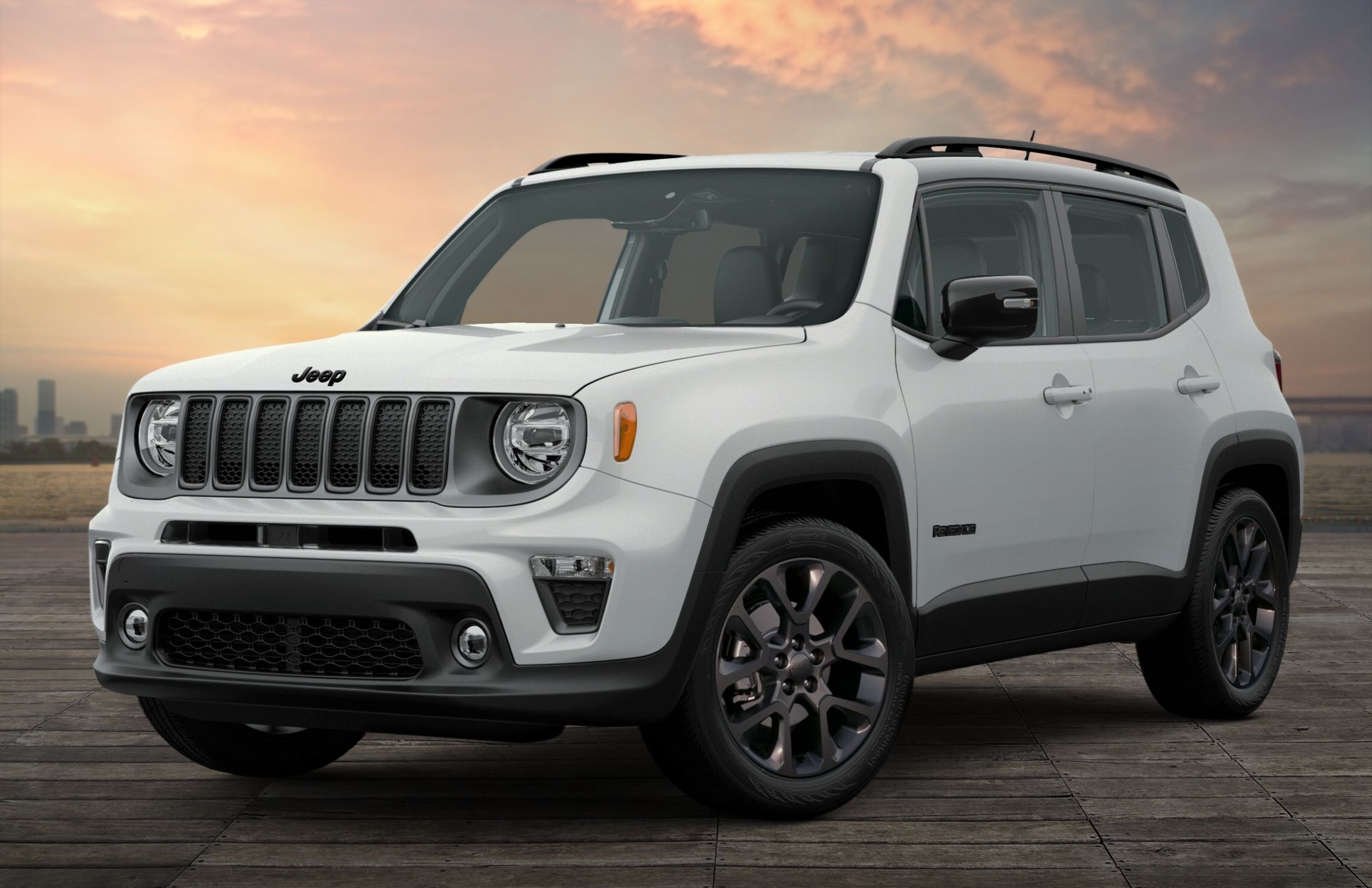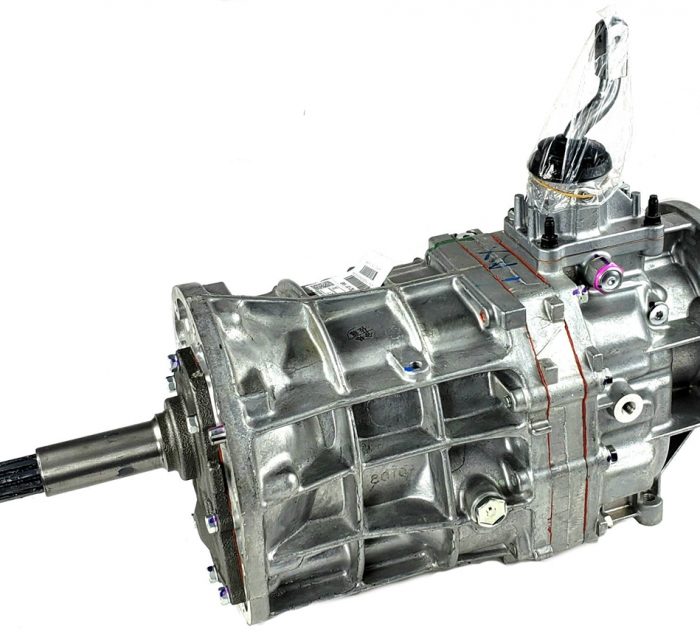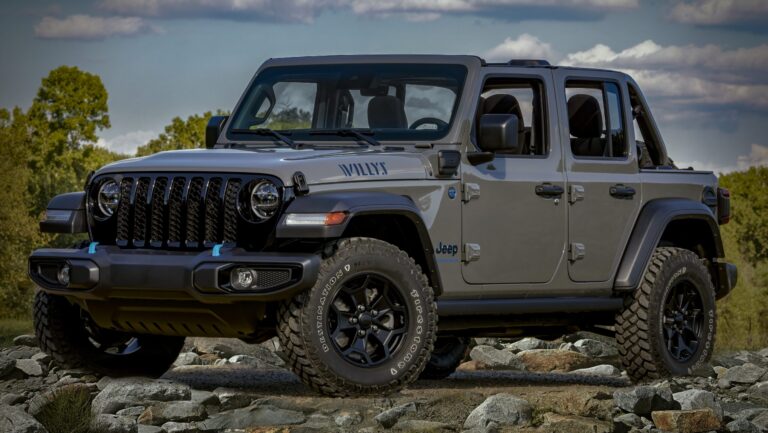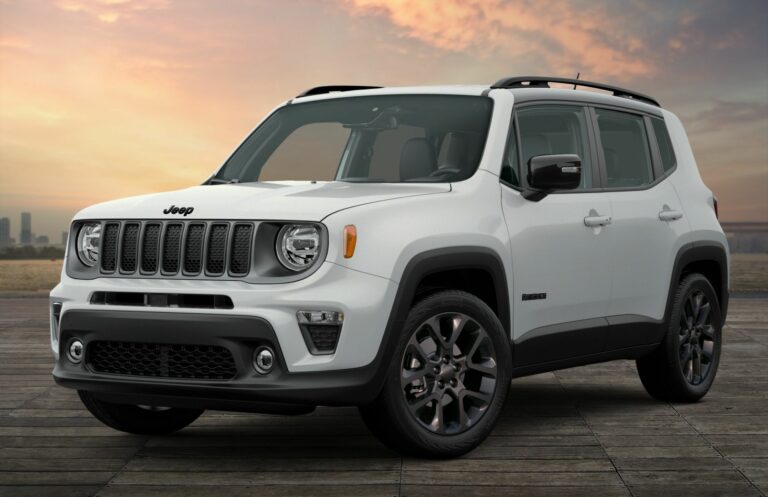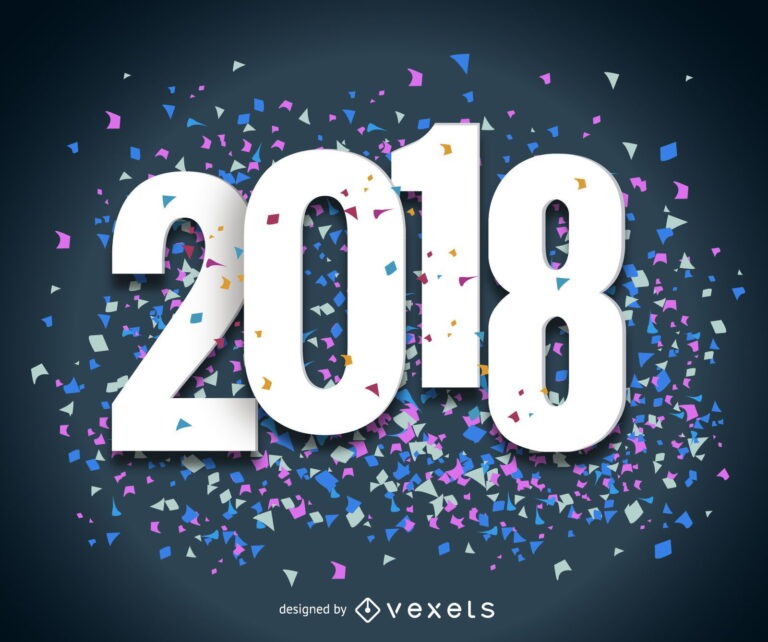Jeep 4.0 Supercharger For Sale: Unlocking the Untapped Power of Your Legend
Jeep 4.0 Supercharger For Sale: Unlocking the Untapped Power of Your Legend jeeps.truckstrend.com
The Jeep 4.0L inline-six engine (242 cubic inches) is an undisputed legend in the automotive world, particularly within the off-road community. Renowned for its bulletproof reliability, torquey nature, and surprising longevity, it has powered countless Cherokee (XJ), Wrangler (TJ), and Grand Cherokee (ZJ) models for decades. While robust, many enthusiasts find themselves yearning for more power, especially when tackling challenging trails, towing heavy loads, or simply desiring a more exhilarating daily driving experience. This desire often leads them to one of the most effective and popular performance upgrades: the supercharger.
A Jeep 4.0 Supercharger For Sale represents an opportunity to fundamentally transform your vehicle. By force-feeding more air into the engine, a supercharger significantly increases horsepower and torque, providing a much-needed boost that can turn a capable but somewhat sluggish Jeep into a formidable and exhilarating machine. This comprehensive guide will delve into every aspect of finding, selecting, installing, and maintaining a supercharger for your beloved 4.0L Jeep, ensuring you’re well-equipped to make an informed decision.
Jeep 4.0 Supercharger For Sale: Unlocking the Untapped Power of Your Legend
Why Supercharge Your Jeep 4.0L? The Performance Imperative
The primary motivation behind adding a supercharger to your 4.0L Jeep is, unequivocally, performance. While the stock engine is a workhorse, it often leaves owners wanting more, particularly in modern traffic or challenging off-road scenarios.
- Significant Power & Torque Gains: A well-tuned supercharger system can typically add anywhere from 50 to 100+ horsepower and similar gains in torque. This translates directly to improved acceleration, better throttle response, and a more confident feeling when merging onto highways or climbing steep grades.
- Enhanced Off-Road Capability: The increased torque is a game-changer for off-roading. It allows for easier crawling over obstacles, less need for excessive throttle input, and better control in technical situations. The engine holds gears longer and pulls stronger, reducing strain on the drivetrain.
- Improved Towing Performance: If you frequently tow trailers, boats, or other vehicles, the added power makes a noticeable difference. Your Jeep will maintain speed more easily on inclines, reducing the stress on both the engine and the driver.
- Altitude Compensation: For those who live or frequently wheel at high altitudes, the thin air naturally robs an engine of power. A supercharger effectively compensates for this by force-feeding denser air, restoring much of the lost performance.
- The "Fun Factor": Beyond practical benefits, there’s an undeniable thrill that comes with driving a supercharged Jeep. The whine of the charger, the surge of power, and the sheer responsiveness make for a far more engaging driving experience.
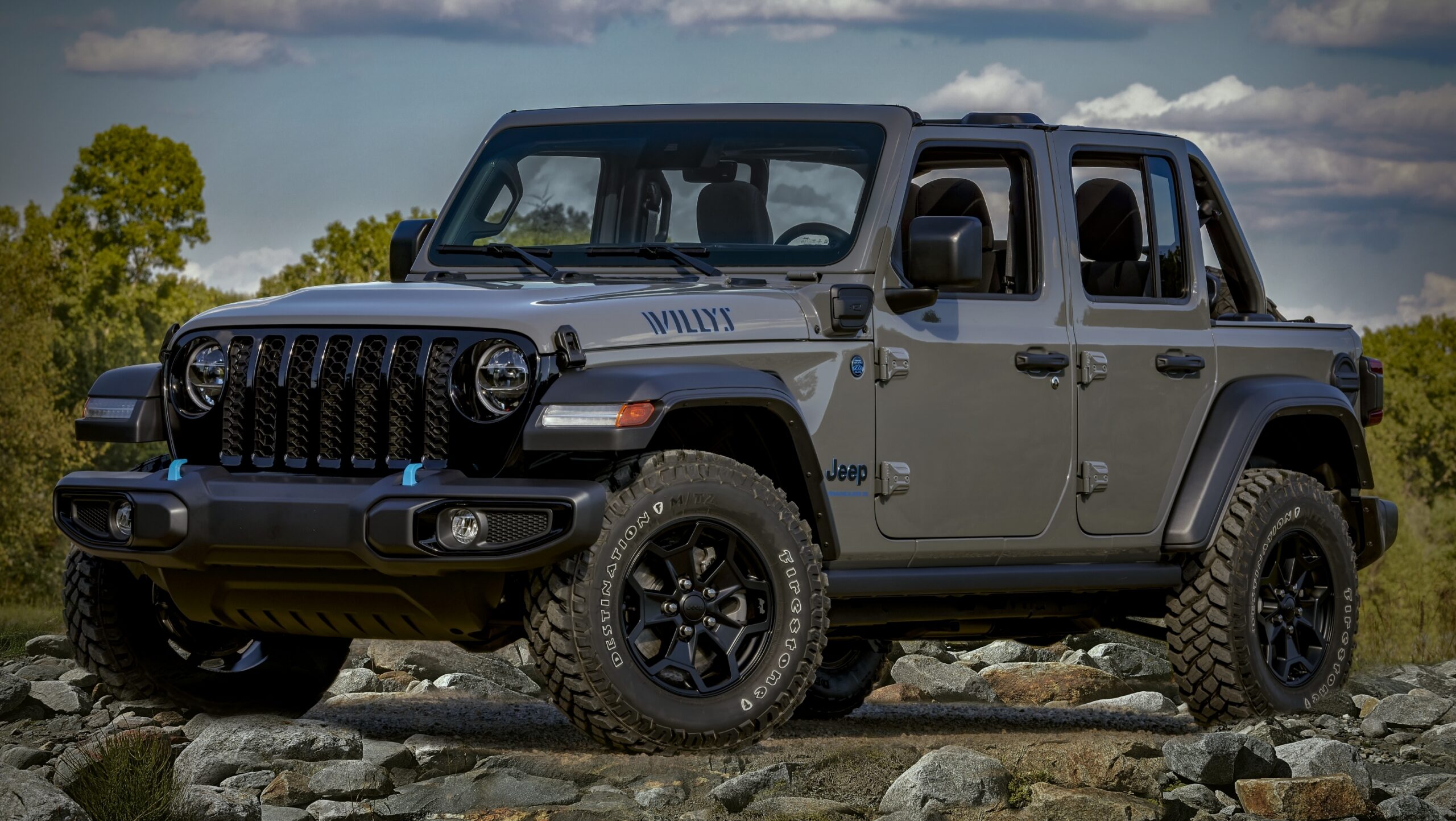
Compared to other significant engine modifications like engine swaps, a supercharger offers a relatively straightforward path to substantial power gains while retaining the inherent reliability and character of the 4.0L engine.
Understanding Jeep 4.0 Supercharger Systems
Before you start hunting for a Jeep 4.0 Supercharger For Sale, it’s crucial to understand the types available and what constitutes a complete kit.
Types of Superchargers:
- Roots-Type (Positive Displacement):
- How it works: These units use intermeshing lobed rotors to push a fixed volume of air into the engine with each revolution.
- Characteristics: Known for providing instant, off-idle torque and a broad, flat power band. They produce boost almost immediately, making them excellent for low-speed off-roading and strong street performance. They often sit on top of the engine, replacing the intake manifold.
- Common Brands (Historically for 4.0L): Magnuson (formerly Eaton M62/M90 based systems), Sprintex.
- Centrifugal-Type:
- How it works: Similar to a turbocharger but belt-driven, they use an impeller to draw air in and then accelerate it outwards, compressing it before sending it to the engine.
- Characteristics: Power delivery is more progressive, building with RPM, much like a larger displacement engine. They are typically more efficient at higher RPMs and can sometimes offer higher peak horsepower figures. They are usually mounted on the side of the engine.
- Common Brands (Historically for 4.0L): Paxton, Vortech (less common for the 4.0L but examples exist).
Components of a Complete Kit:
A comprehensive supercharger kit for your Jeep 4.0L will typically include:
- Supercharger Unit: The core component.
- Manifold/Mounting Brackets: To integrate the supercharger onto the engine. Roots-type chargers often come with a dedicated intake manifold.
- Pulleys & Belt: To drive the supercharger off the engine’s crankshaft.
- Fuel System Upgrades: Larger fuel injectors and often a higher-flow fuel pump are mandatory to provide enough fuel for the increased air.
- Air Intake System: Designed to flow more air to the supercharger.
- Tuning Solution: A crucial component, this is either a pre-programmed ECU (Engine Control Unit) or a tuning device/software that allows you to reprogram your existing ECU to account for the increased airflow and fuel requirements.
- Intercooler (Optional but Recommended): An air-to-air or air-to-water heat exchanger that cools the compressed air before it enters the engine, increasing power and reducing the risk of detonation. Not all older kits included this.
- Miscellaneous Hoses, Clamps, Hardware: All necessary fittings for a complete installation.
Compatibility: Most supercharger kits are designed for specific generations of the 4.0L engine, primarily fitting the 1991-2006 (or later, depending on the specific model) XJ Cherokees, TJ Wranglers, and ZJ Grand Cherokees. Always verify compatibility with your specific year and model.
Where to Find a Jeep 4.0 Supercharger For Sale
Finding a Jeep 4.0 Supercharger For Sale today can be a bit of a treasure hunt, as many manufacturers have discontinued new kits for the aging 4.0L platform. However, options still exist.
- New Kits (Limited Availability):
- Specialty Performance Shops: Some smaller, dedicated shops might still offer new kits from niche manufacturers or build custom setups.
- Direct from Manufacturers: While major players like Magnuson have largely shifted focus, some smaller companies like Sprintex (which still produces a roots-type supercharger for the 4.0L) continue to offer new units. Research thoroughly.
- Used Kits (Most Common Source):
- Jeep Forums & Enthusiast Groups: Dedicated forums (e.g., JeepForum, NAXJA, Pirate4x4) and Facebook groups are excellent places to find used kits. Members often sell their old setups when upgrading or parting out vehicles.
- Online Marketplaces: eBay, Craigslist, and Facebook Marketplace frequently list used superchargers. Be cautious and thorough in your inspection.
- Specialty Used Parts Dealers: Some salvage yards or performance shops specialize in used aftermarket parts.
- Refurbished/Rebuilt Units:
- Some companies or independent mechanics specialize in rebuilding and refurbishing supercharger units. This can be a cost-effective way to get a reliable unit, often with a limited warranty.
Tips for Buying Used:
- Completeness: Ensure the kit is as complete as possible. Missing components (especially injectors or tuning solutions) can add significant unexpected costs.
- Condition: Inspect for damage, cracks, excessive play in the rotors/impeller, and leaks. Ask for detailed photos or inspect in person.
- History: Inquire about the kit’s history, how long it was on the vehicle, and why it’s being sold.
- Mileage: Lower mileage units are generally preferred.
- Seller Reputation: Buy from reputable sellers with good feedback.
Key Considerations Before Buying
Purchasing and installing a supercharger is a significant investment in time and money. Careful planning is essential.
- Cost Analysis:
- Purchase Price: New kits can range from $3,500 to $5,500+. Used kits vary wildly from $1,500 to $3,500+ depending on condition and completeness.
- Installation Cost: If professionally installed, budget $800 – $2,000+.
- Supporting Modifications: This is where hidden costs can accumulate.
- Tuning Cost: A professional custom tune can cost $500 – $1,000+.
- Installation Complexity:
- DIY: Possible for experienced mechanics with proper tools and patience. Requires mechanical aptitude, wiring knowledge, and a good understanding of engine systems.
- Professional: Recommended for most, especially if you’re not confident. Ensures proper installation and minimizes potential issues.
- Supporting Modifications (Crucial!):
- Fuel System: Absolutely mandatory. Larger injectors and a high-flow fuel pump are non-negotiable.
- Cooling System: Increased engine heat requires an upgraded radiator, fan clutch, or electric fans to prevent overheating. An intercooler is highly recommended to cool the intake air.
- Exhaust System: A less restrictive exhaust (headers, high-flow catalytic converter, larger cat-back) will help the engine breathe better and improve power.
- Drivetrain Strength: This is paramount. The stock AX-15, NV3550, or AW4 transmission can handle moderate boost, but if you push hard, consider upgrades. Axles (especially Dana 35 rear), U-joints, and differential components are often the weakest links and may require reinforcement or replacement, especially if you wheel hard.
- Engine Health: Your 4.0L must be in excellent condition. Perform a compression test, check for oil leaks, and ensure all sensors are functioning correctly. A supercharger will exploit any existing weaknesses.
- Tuning: This is the most critical aspect.
- Canned Tunes: Some kits come with pre-loaded tunes. These are generic and may not be optimized for your specific engine or modifications.
- Custom Tune: Highly recommended. A professional tuner will use a dynamometer (dyno) to create a specific tune for your vehicle, optimizing air/fuel ratios, ignition timing, and boost levels for maximum power and reliability. This protects your engine from detonation (pre-ignition).
- Reliability & Longevity: A properly installed and tuned supercharger on a healthy 4.0L can be very reliable. However, it will increase wear and tear. Expect more frequent maintenance and be prepared for potential issues if supporting mods or tuning are neglected.
- Emissions & Legality: Check your local emissions regulations. Some supercharger kits are CARB (California Air Resources Board) compliant, others are not. This can affect your ability to pass inspections.
- Insurance: Inform your insurance provider about the modification, as it may affect your policy or premiums.
The Installation Process (Overview)
While a full step-by-step guide is beyond the scope of this article, here’s a general overview of what installation entails:
- Pre-Installation Prep: Thoroughly clean the engine bay. Perform a compression test and check for any existing leaks or issues.
- Disassembly: Remove the existing air intake, throttle body, fuel rail, injectors, and often the stock intake manifold (for roots-type).
- Supercharger Mounting: Install the supercharger unit and its mounting brackets according to the kit instructions. This often involves relocating existing components.
- Fuel System Upgrade: Install larger fuel injectors and the new high-flow fuel pump.
- Plumbing: Connect the supercharger’s air outlet to the throttle body, potentially routing through an intercooler if installed. Connect vacuum lines and PCV system.
- Belt & Pulleys: Install the supercharger pulley and the new serpentine belt.
- Electrical Connections: Connect any necessary wiring for sensors or fuel pump relays.
- Tuning Device: Install the tuning module or connect to the ECU for flashing.
- Fluids & Checks: Double-check all connections, hoses, and clamps. Refill coolant if necessary.
- Initial Start-Up & Monitoring: Start the engine and carefully monitor for leaks, unusual noises, and dashboard warning lights.
- Tuning: This is the most crucial step. Whether it’s a canned tune or a custom dyno tune, ensure the engine is running with the correct air/fuel ratios and timing for boost. Do not drive aggressively until properly tuned.
Maintaining Your Supercharged 4.0L
A supercharged engine requires more diligent maintenance to ensure longevity:
- Oil Changes: Consider more frequent oil changes (every 3,000-4,000 miles) and use high-quality synthetic oil.
- Spark Plugs: Use colder spark plugs recommended for forced induction to prevent pre-ignition. Check and replace them more frequently.
- Belt Inspection: Regularly check the supercharger belt for wear, cracks, and proper tension.
- Fluid Levels: Monitor coolant and oil levels religiously.
- Boost & AFR Monitoring: Install a boost gauge and an Air/Fuel Ratio (AFR) gauge. These are vital for monitoring engine health and detecting potential issues.
- Listen for Unusual Noises: Pay attention to any new whining, rattling, or knocking sounds from the supercharger or engine.
Potential Challenges and Solutions
While rewarding, supercharging isn’t without its potential pitfalls:
- Heat Management: Increased power generates more heat.
- Solution: Upgraded radiator, electric fan conversion, intercooler (essential for sustained boost).
- Fueling Issues: Inadequate fuel delivery leads to lean conditions and engine damage.
- Solution: Proper high-flow fuel pump, appropriately sized injectors, and a well-calibrated fuel pressure regulator.
- Drivetrain Breakage: The 4.0L’s increased torque can expose weak links in the drivetrain.
- Solution: Assess and upgrade components like the rear Dana 35 axle (to a Dana 44 or Ford 8.8), U-joints, and potentially transmission/transfer case if you plan on extreme off-roading.
- Tuning Gremlins: Incorrect tuning is the fastest way to destroy your engine.
- Solution: Invest in a professional custom dyno tune. Data log frequently if you’re tuning yourself.
- Cost Overruns: Unexpected issues or overlooked supporting mods can inflate the budget.
- Solution: Budget generously, adding 15-20% extra for contingencies.
Concluding Summary
Finding a Jeep 4.0 Supercharger For Sale is the first step on an exciting journey to unlock the full potential of your legendary inline-six. While the pursuit of more power requires careful planning, a significant investment, and diligent maintenance, the transformation of your Jeep will be undeniable. From conquering challenging trails with ease to enjoying a more spirited daily commute, a supercharged 4.0L offers a driving experience that transcends the stock setup. Do your research, plan meticulously, and be prepared to enjoy a level of performance that truly respects the enduring legacy of the Jeep 4.0L engine.
Jeep 4.0 Supercharger For Sale: Estimated Price Guide
Please note: These are estimated price ranges and can vary significantly based on brand, condition (new/used/rebuilt), completeness of the kit, and market demand. Always verify current prices and kit contents before purchase.
| Type/Brand (Common Examples) | Condition | Estimated Price Range (USD) | Key Features / Notes |
|---|---|---|---|
| Sprintex S5-210 | New | $4,500 – $5,500+ | Roots-type (twin-screw). Modern design, often comes with an intercooler. Still manufactured for the 4.0L. Generally includes injectors and tuning solution. |
| Magnuson / Eaton (M62/M90) | Used / Refurbished | $2,000 – $3,500+ | Roots-type. Common older kits. May or may not include intercooler. Check for completeness (injectors, tuning, manifold). Availability can be sporadic. Ensure supercharger unit is in good condition (no rotor wear/play). |
| Paxton / Vortech | Used | $1,800 – $3,000+ | Centrifugal type. Less common for 4.0L. Power builds with RPM. Check for completeness (injectors, tuning, mounting brackets, intercooler). Bearing condition is critical for centrifugal units. |
| Older Aftermarket Kits | Used | $1,500 – $2,500+ | Brands like Alpine Developments, Torker, etc. Very rare. May require significant effort to find missing parts, documentation, and a custom tune. Often a "project" purchase. |
| Supercharger Rebuild Service | N/A (Service Cost) | $400 – $1,000+ | Cost to rebuild your existing supercharger unit (e.g., replace bearings, seals, rotors if damaged). Does not include full kit components. |
| Professional Installation | Service | $800 – $2,000+ | Labor cost only. Does not include parts. Varies greatly by shop rates and complexity. |
| Custom Dyno Tune | Service | $500 – $1,000+ | Absolutely essential for optimal performance and engine longevity. Performed by a specialist tuner on a dynamometer. |
| Supporting Mods (Estimated) | Parts | $500 – $2,000+ | Fuel pump, upgraded radiator/fans, colder spark plugs, exhaust components, potential drivetrain upgrades (if necessary for your use case). This budget is flexible based on existing modifications and desired reliability. |
Frequently Asked Questions (FAQ) about Jeep 4.0 Superchargers
Q1: Is supercharging my 4.0L worth it for a daily driver?
A1: Absolutely! A supercharger dramatically improves daily drivability by offering more power for merging, passing, and climbing hills. It makes the vehicle feel much more responsive and modern, without sacrificing the 4.0L’s inherent reliability if properly installed and tuned.
Q2: How much horsepower gain can I expect?
A2: Typically, you can expect gains of 50 to 100+ horsepower and similar torque increases, depending on the specific supercharger system, boost level, and supporting modifications. Stock 4.0L engines usually produce around 190 HP and 225 lb-ft of torque; a supercharger can push that to 250-300+ HP and 300+ lb-ft.
Q3: Will a supercharger hurt my engine’s longevity?
A3: If installed and tuned correctly on a healthy engine, a supercharger should not drastically reduce engine longevity. However, it does increase stress on components. Proper maintenance (more frequent oil changes, monitoring engine health) and ensuring adequate supporting modifications (fueling, cooling, drivetrain) are crucial. Ignoring these can lead to premature wear or failure.
Q4: Can I install a supercharger myself, or do I need professional help?
A4: An experienced DIY mechanic with a good set of tools and a detailed understanding of engine systems can install a supercharger. However, it’s a complex process involving fuel systems, electrical wiring, and critical clearances. If you’re not confident, professional installation is highly recommended, especially for the tuning aspect.
Q5: What’s the main difference between Roots-type and Centrifugal superchargers for the 4.0L?
A5: Roots-type (like Magnuson/Sprintex) provide instant boost right off idle, making them excellent for low-end torque and off-road crawling. Centrifugal types (like Paxton/Vortech) build power progressively with RPM, similar to a larger naturally aspirated engine, often achieving higher peak horsepower at higher RPMs. For a Jeep, the low-end grunt of a Roots-type is often preferred.
Q6: Do I need an intercooler with my supercharger?
A6: While some older kits did not include an intercooler, it is highly recommended, especially for consistent performance and engine longevity. An intercooler cools the compressed air before it enters the engine, making it denser, which increases power and significantly reduces the risk of harmful pre-ignition (detonation).
Q7: Will I need to upgrade my transmission or axles?
A7: The stock AW4 automatic transmission and AX-15/NV3550 manual transmissions can generally handle the increased power of a supercharged 4.0L, provided they are in good condition and not abused. However, the weakest link is often the rear axle, especially the Dana 35 found in many XJs and TJs. If you plan on hard off-roading or running larger tires, upgrading the Dana 35 to a Dana 44 or Ford 8.8 is highly recommended to prevent breakage.
